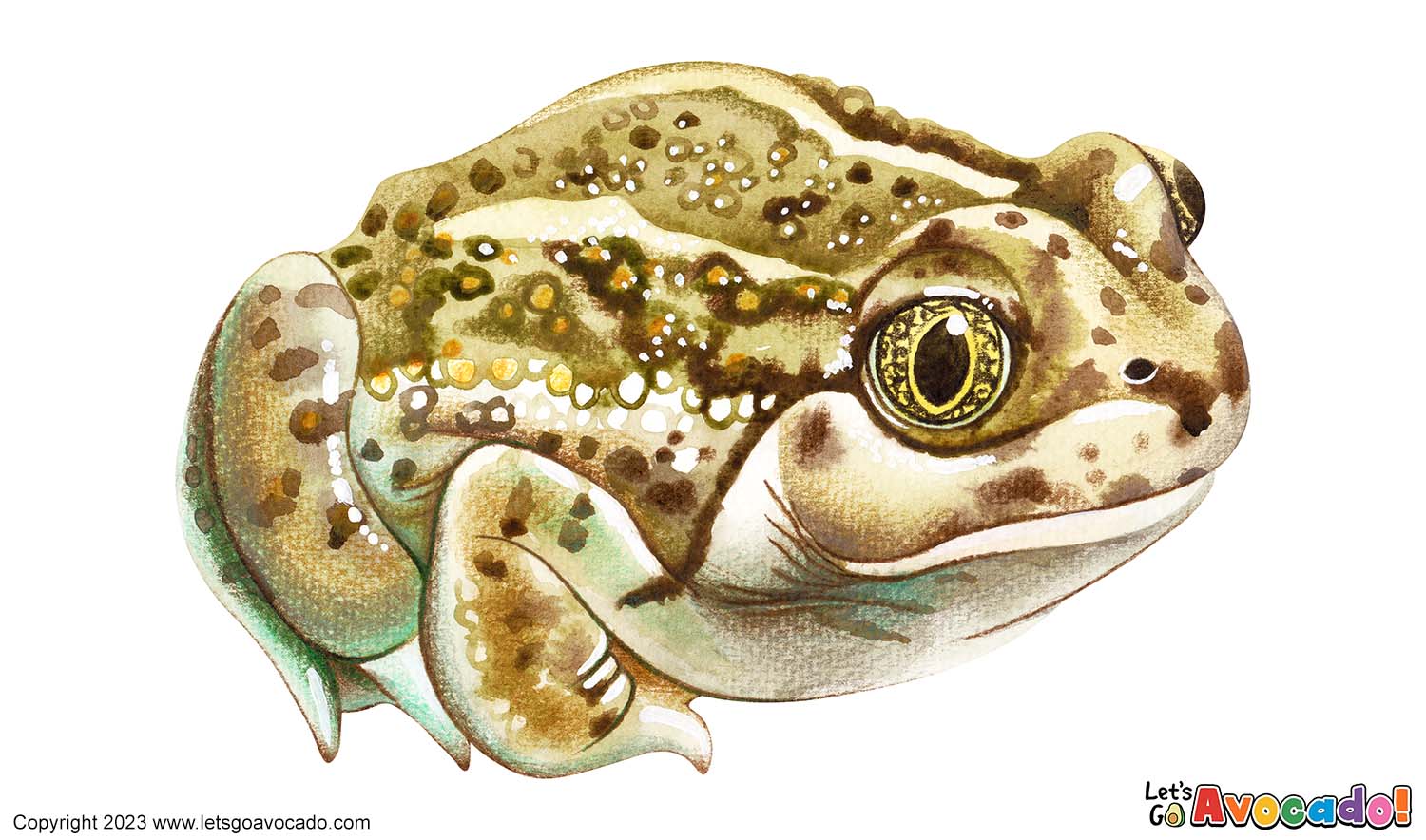

Great Basin Spadefoot
Western Spadefoot Frog, Intermountain Spadefoot Frog
Spea intermontana
This page may contain affiliate links.
Read our disclosure and privacy policy here.
The Great Basin Spadefoot Frog (Spea intermontana) is a unique amphibian native to the arid regions of the western United States and Canada. This fascinating frog has a compact body with a characteristic spade-like protrusion on its hind feet, which it uses for burrowing in sandy or loose soil. Its coloration varies from light gray to brown, providing excellent camouflage in its desert habitat. The Great Basin Spadefoot Frog has an incredible adaptation to survive in dry environments. It has the ability to aestivate, a form of extended dormancy, during periods of drought. This allows it to conserve water and survive in harsh conditions. During wet periods, it emerges from its burrow to breed in temporary ponds, where it lays its eggs. The tadpoles develop rapidly and metamorphose into froglets within a few weeks. Despite facing habitat loss and degradation, the Great Basin Spadefoot Frog plays a crucial role in its ecosystem by controlling insect populations and serving as prey for larger animals.
Great Basin Spadefoot

There’s a lot to explore right where we are, in our own neighborhoods and backyards! Join us while we get off the couch and explore the everyday wonders of nature, science, space, engineering, art, and anything else we stumble upon during on our adventures.







